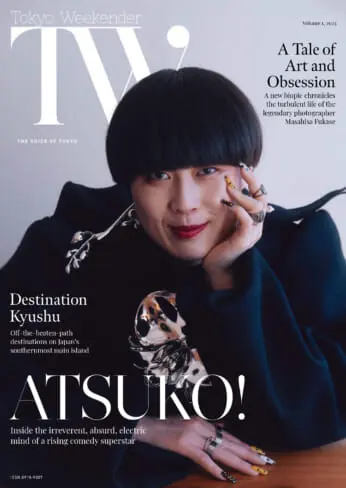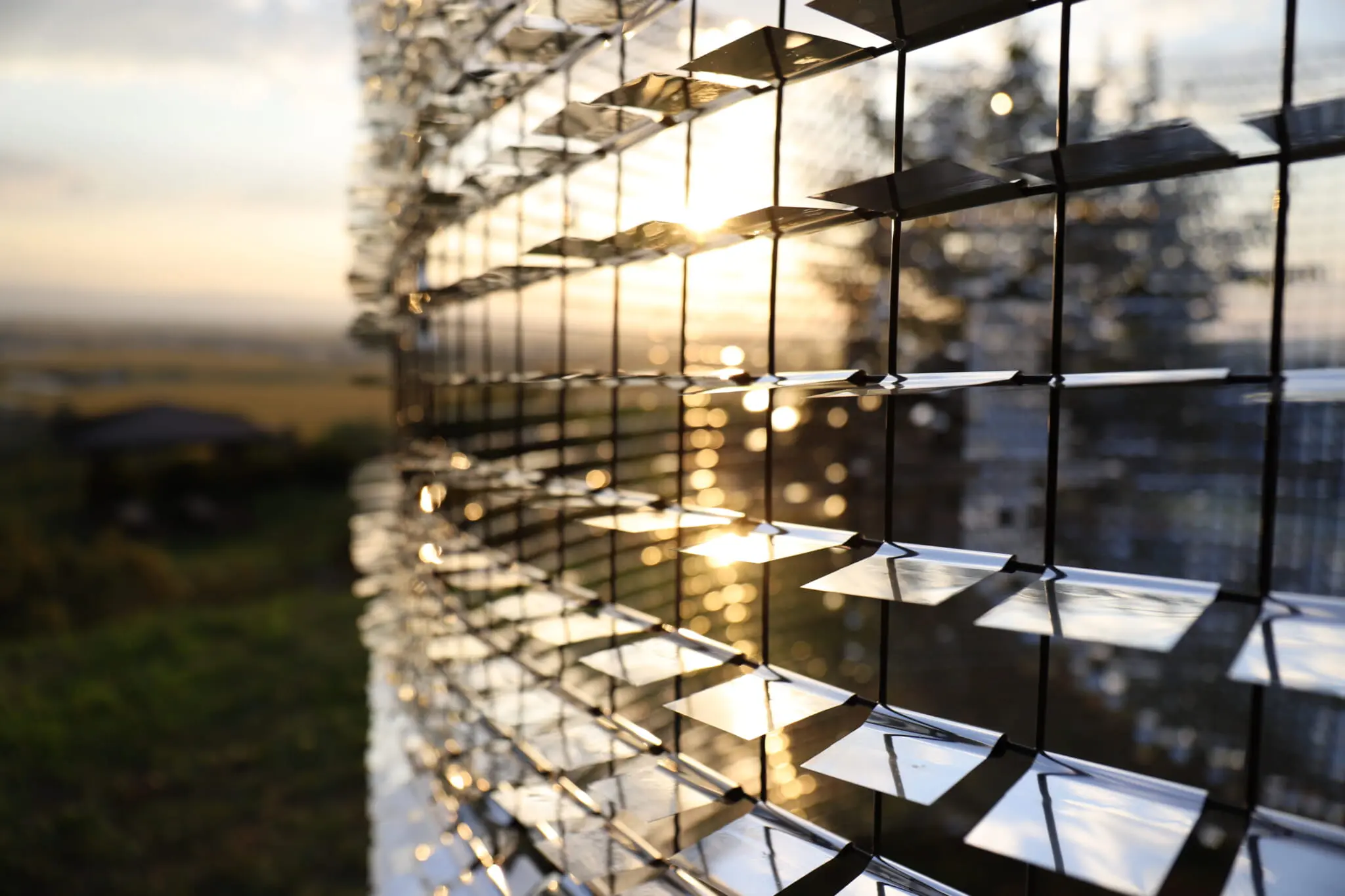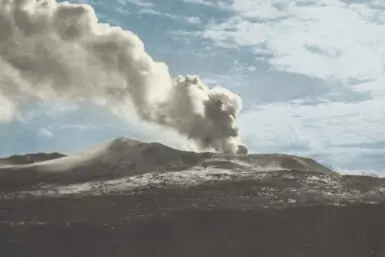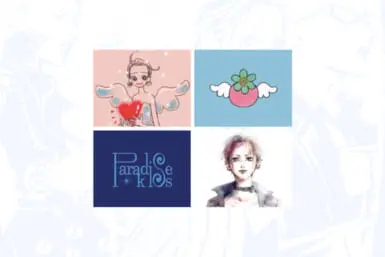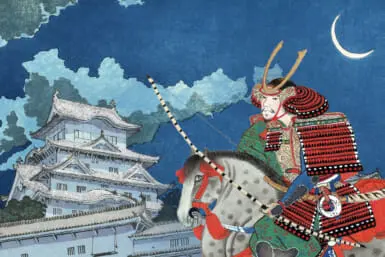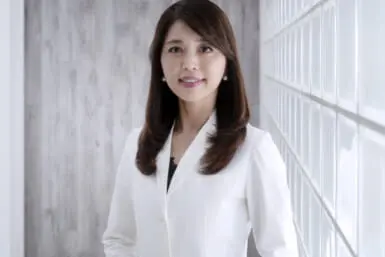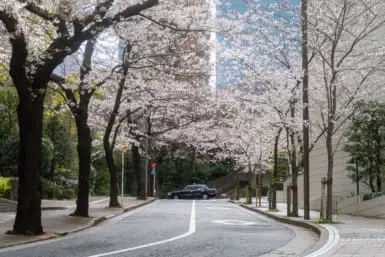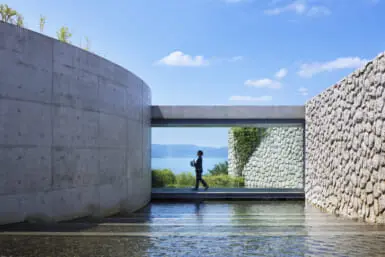This article appeared in Tokyo Weekender Vol. 3.
To read the entire issue, click here.
Yu Kato’s art installation “Origin of the Wind” was originally to stand on-site at Ptuj Castle in Slovenia for two months. It stayed for several years. A tall, shining tunnel up to the heavens, the 5-meter-high, 5-meter-wide structure became a point of reference within the local community. Children played around it. Lovers lay under it. A couple even got married next to the piece. This is perfectly in line with Kato’s goal as an artist: She aims to make works that unite people across borders, breaking boundaries and causing us to question our world views.

A Chance Encounter
Kato was born in Tokyo to a mother who graduated from art school and a father who devoted his spare time to free climbing, a type of rock climbing that relies solely on one’s physical strength and skill; free climbers use equipment like ropes and harnesses to protect them from a fall, not to help them ascend a rock face. An influential character in Kato’s life, her father was known as one of the first Japanese free climbers in the world.In spite of his success, though, he refused point-blank to take any money from climbing, reasoning that he’d lose his passion if it became the source of his income. He jumped from job to job, and his family often struggled as a result, living on the poverty line. Kato recalls that her parents were unable to buy toys for her and her siblings; instead, she used what she had at her disposal, building makeshift toys with things that she found around the house. She believes this nurtured her creativity.
Fast-forward to university age, when, disillusioned by university entrance exams, Kato found herself in a bookshop, where she discovered a book of practice tests that looked different from the others. “It was way thinner, buried between thick volumes of practice tests for other universities.” Intrigued, she picked it up. It was for Musashino Art University, an art university on the outskirts of Tokyo.“I’d never considered art school before, as it was so expensive,” she says. This entrance exam was based on artistic merit, in contrast to other universities, but she decided to give it a try.
Unlike many of her peers, she lacked formal training; she could barely afford art materials. “Everyone else came with sets of fancy pencils. I just turned up with two,” she shares. She passed the exam, however, and applied for all the scholarships and loans the school offered, working various jobs to pay her way through.
For her graduation piece, Kato created an artwork titled “Vague Lines Without You.” Fixing 3-meter-high rubber strands to the top and bottom of a space, so that they stood taut, the artist invited guests to explore and enjoy the artwork however they liked — walking between the thick, soft ropes, leaning on them, embracing armfuls of them. She aimed to create a work that was open to interpretation, shaped by each individual, as they saw fit.
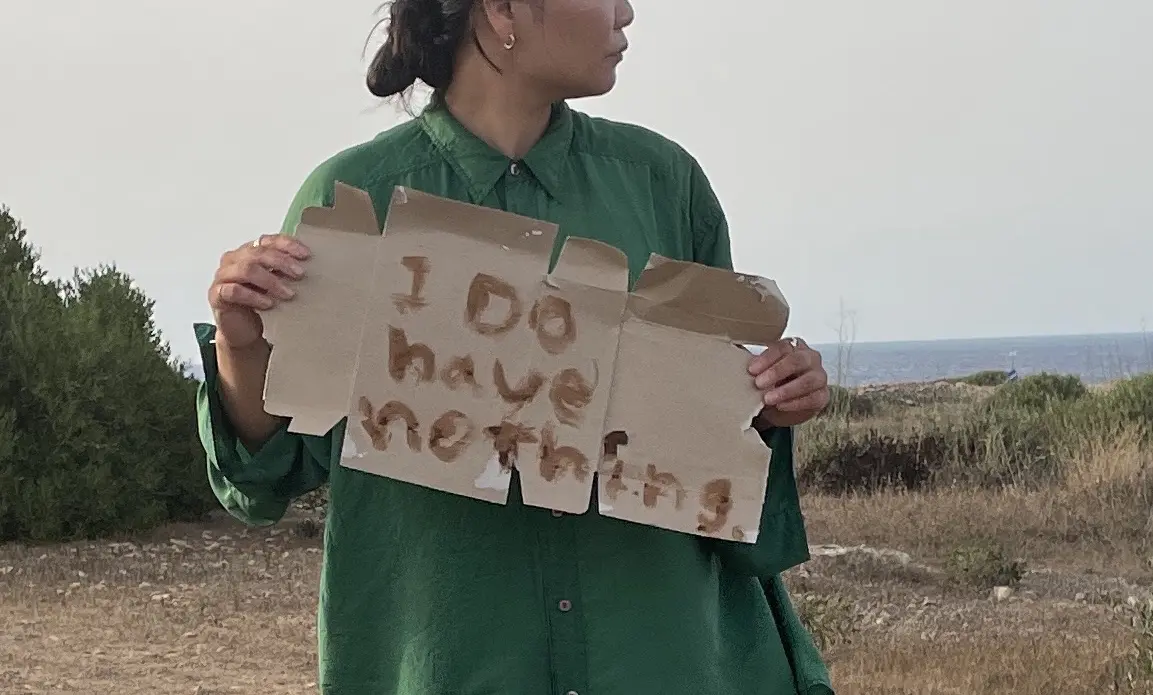
Traversing Borders
After entering graduate school at the University of Tokyo, Kato spent two years traveling the world while scattering her father’s ashes. He had died after she was accepted into the school, in an accident while free climbing on a Himalayan mountain.
She found the experience of going overseas profoundly illuminating, particularly her time in the Middle East. “When I was in the Middle East, I was surprised. I’d been told that it was dangerous … but that wasn’t true,” Kato says. “People were so kind. When I got off the bus in Palestine, for instance, children came around, surrounding us. In many places, children would come to ask for money, but there, rather than asking for something, they were greeting us.”
Afterward, Kato visited Syria before the civil war broke out — and was again welcomed with warmth and gratitude. She was struck by how safe the streets felt, and how open everyone was; she realized that she had internalized a warped view of the area. “I felt guilty for having an image of them that was different from the truth.”
These encounters left her with the realization that we shouldn’t always accept things at face value. “After traveling, I came to realize that I wanted to share the actual world I’d experienced with my own eyes,” she says.
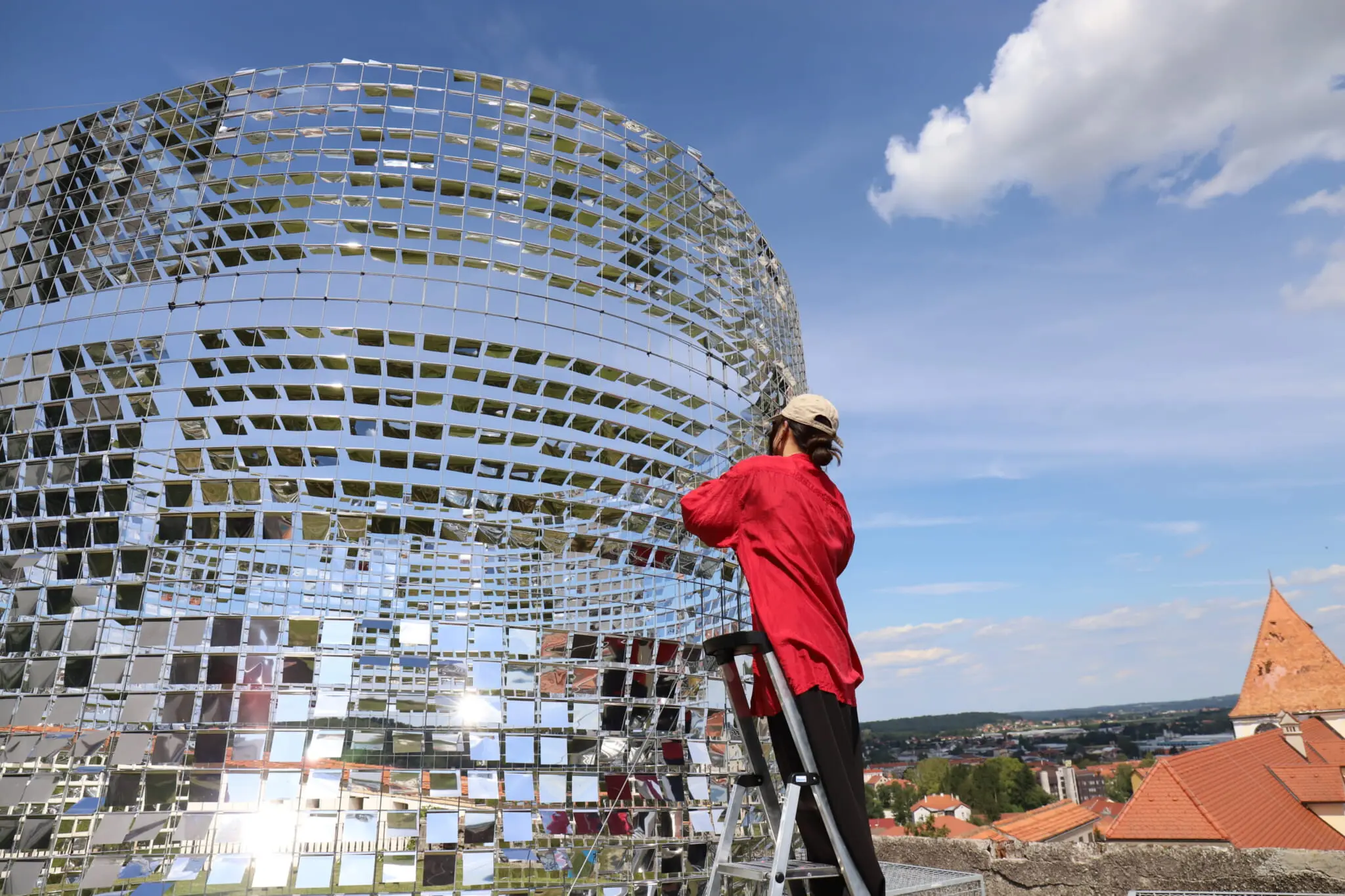
Origins and Connections
In 2019, after exhibiting at the Arte Laguna Prize in Italy, Kato earned the invite to display her work in Slovenia, as part of a prestigious residency. The work she chose had initially been created as her final piece for the University of Tokyo, with the title “Things, Exist Here Now.” But following the experiences she had while traveling and in Slovenia, she changed the title.The new name connects something she had found herself pondering as she made her way around the globe: Where does the wind come from? and Borders are strange, aren’t they? “The wind has no borders,” she muses. “Perhaps the world can be connected simply by wondering where the wind comes from.”
The piece was completed with the help of local volunteers. The process of working alongside Slovenians ended up being incredibly resonant with the themes she’d been considering — Slovenia, as an independent state, is just 33 years old. Previously, it was one of six republics that made up Yugoslavia. “I thought about how strange the existence of borders actually was,” she says. “I was working with people who’d been in Yugoslavia with relatives just a little while ago, but now they live in different countries, because of the borders created after the war.” After hearing this story, she decided to change the work’s title to “Origin of the Wind.”
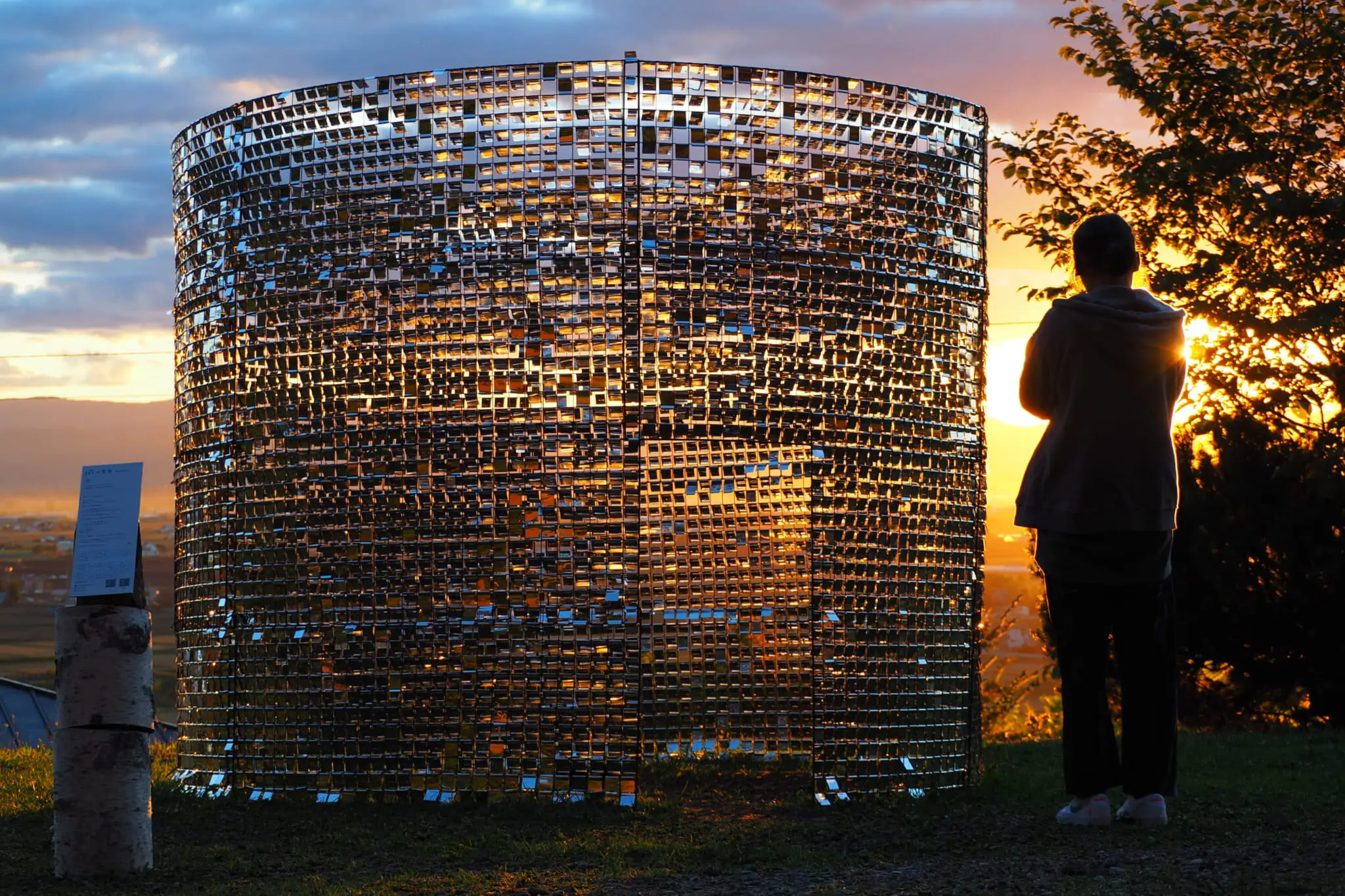
Next, she is looking toward exhibiting in Dunas de Yeso in Cuatro Ciénegas, Mexico, and has already started to prepare. Her plan is to create a large-scale sculpture and performance with local residents.
“I want to create a total solar eclipse using the human body and sculpture, creating an experience that connects people to very deep memories,” she says. She felt incredibly inspired by the profound connection she felt between herself and the world during two previous eclipses: one in Japan, just after her father died, and one in Mexico some years later. “This feeling faded the boundaries between me and the world, and it became a sense that you, me, the world and everything were melting together and becoming one.”
Kato admits that her aim of creating an artificial solar eclipse is rather ambitious, but she is determined. “I’m looking for help,” she says, “and I think with various people, we can do it.”
